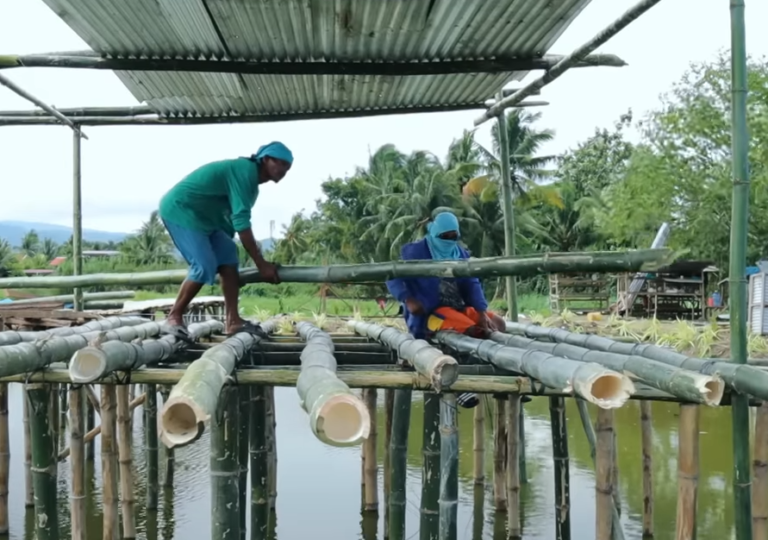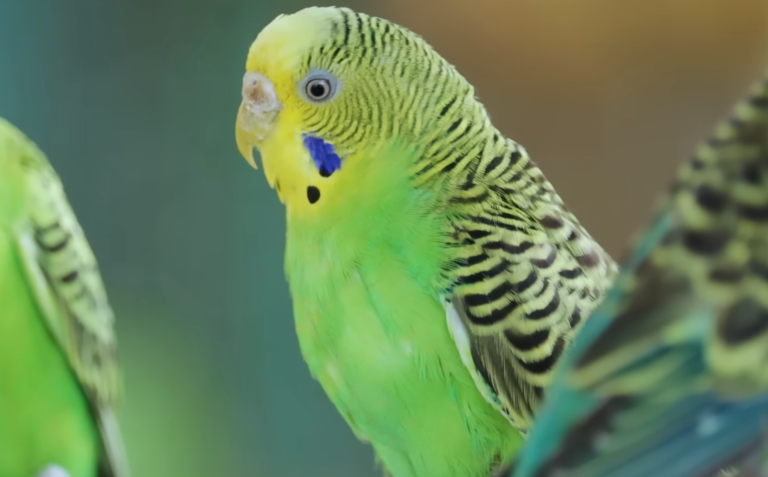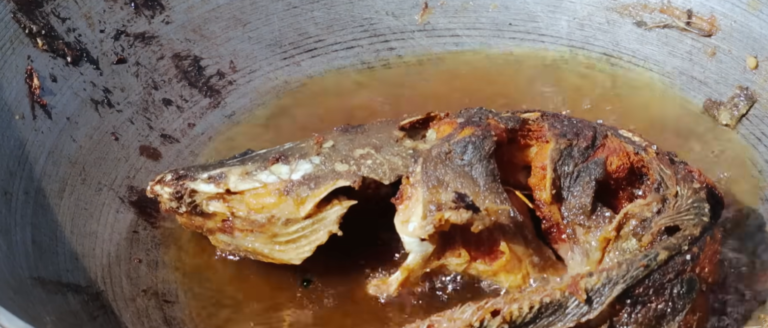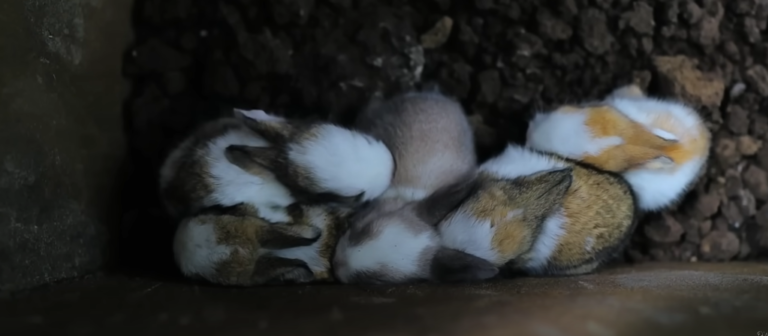Mastering Catfish Farming and Rabbit Rearing: A Comprehensive Guide
Hello, everyone! Dexter here from Dexter’s World, bringing you another exciting update from our farm. Today, we’re diving into the world of catfish farming and rabbit rearing, two of our key ventures that have brought us immense joy and success. Whether you’re a seasoned farmer or a curious newcomer, I’m here to share valuable insights and tips to help you on your journey.
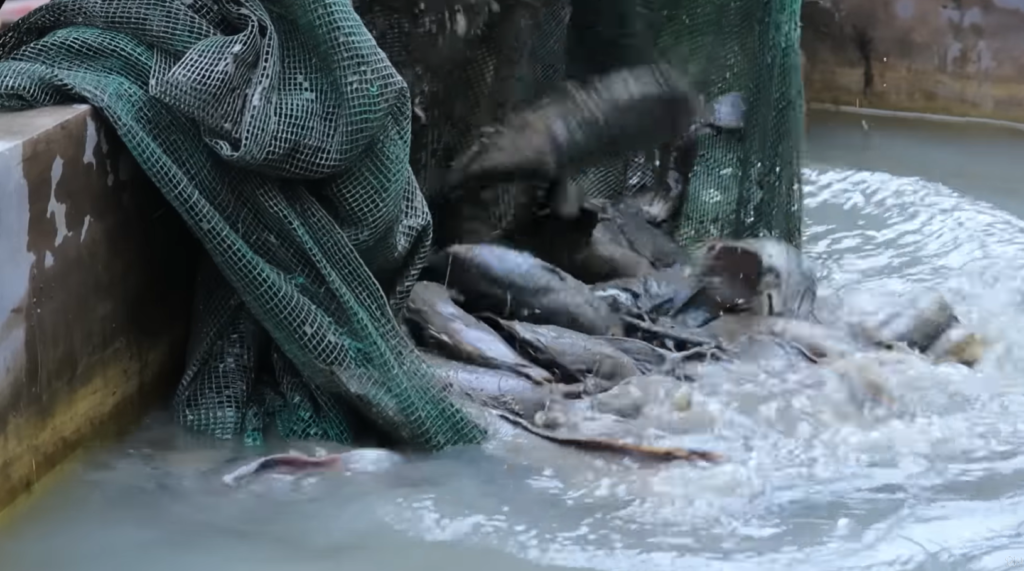
Catfish Farming: The Path to Success
Catfish farming is a rewarding venture, but it comes with its set of challenges. To navigate these waters successfully, understanding the three crucial stages of catfish farming—breeding, fry care, and growing—is essential. Let’s break these down:
1. Breeding: Choosing the Right Method
In catfish breeding, you have two options: artificial or natural. My preference leans towards natural breeding, akin to how Japanese koi are bred. This method not only feels more organic but also connects me closer to the process.

2. Fry Care: Managing the Early Days
Post-hatching, your baby catfish’s survival hinges on how well you manage their early days. Ensuring fresh water is critical, as stagnant water from rotten eggs can quickly become lethal for the fry. Gradually replacing 30-40% of the tank water is a practice I’ve found effective in maintaining optimal conditions.

3. Growing: Size Matters
As your fry grow, sorting them by size—large, medium, and small—is crucial to prevent cannibalism. This process, though tedious, is vital for the health and uniform growth of your catfish population.
With these practices, I’ve successfully raised about 5,000 catfish in our farm pond, a testament to the effectiveness of proper care and management.
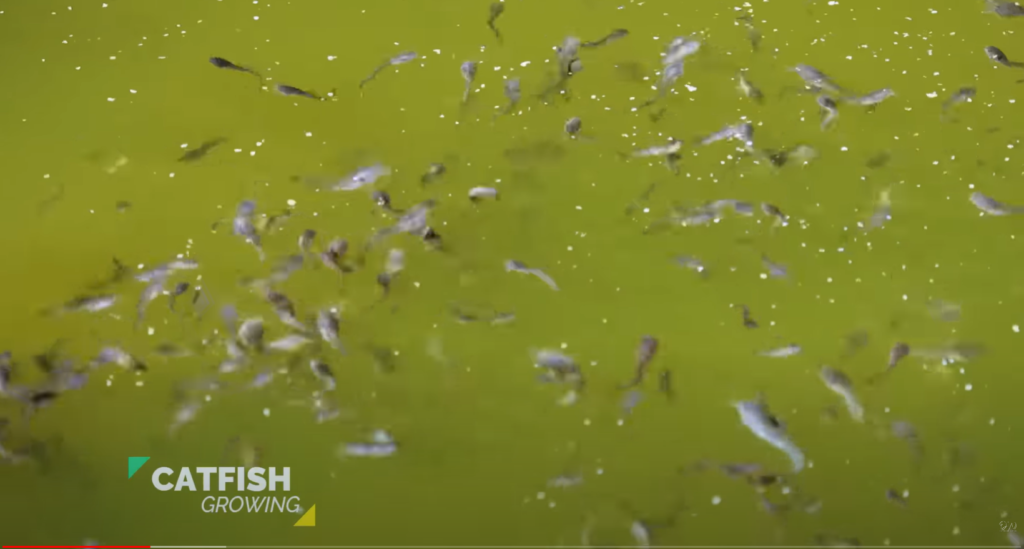
Rabbit Rearing: A Dual Venture
Our rabbit rearing project has been equally thrilling, focusing on both meat production and pet breeding. The recent addition of lionhead and lion lop breeds to our farm has opened up new avenues for pet lovers. These breeds, known for their beauty and friendly nature, are perfect for those looking to keep rabbits as pets rather than for meat consumption.

Creating a Suitable Habitat
One key aspect of rabbit care is providing a suitable habitat that caters to their needs. For meat production, ensuring ample space and proper nutrition is paramount. On the other hand, ornamental rabbits require a bit more attention, especially in terms of social interaction and grooming.

Feeding Practices
Rabbits thrive on a diet of grasses, but it’s crucial to introduce this diet at the right age. Young rabbits should be fed pellets to ensure they receive all the necessary nutrients. As they grow older, transitioning to grasses can be done smoothly, provided they are of the right age to digest this diet properly.
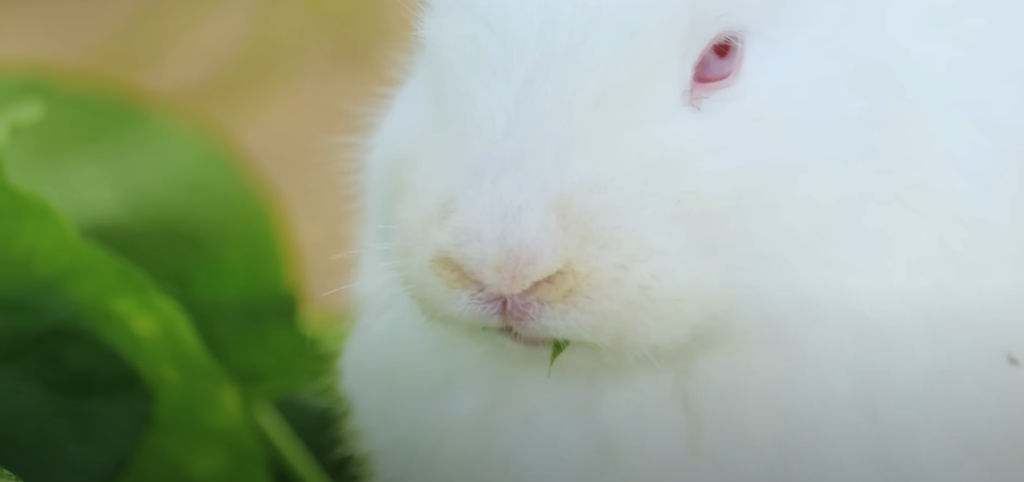
The Dream Continues
Our journey in catfish farming and rabbit rearing is more than just about the end product. It’s about creating a sustainable ecosystem where visitors can learn, interact, and take part in the feeding and caring processes. Our goal is to transform our farm into a haven for various animals, offering a unique experience for all who visit.

Thank you for being part of this journey with us. If you’re keen on diving deeper into the world of sustainable farming and animal care, consider subscribing to our channel. Your support fuels our passion and helps us bring more informative and engaging content to you.
Until next time, keep farming, keep learning, and let’s make our farming dreams a reality, here at Dexter’s World.


